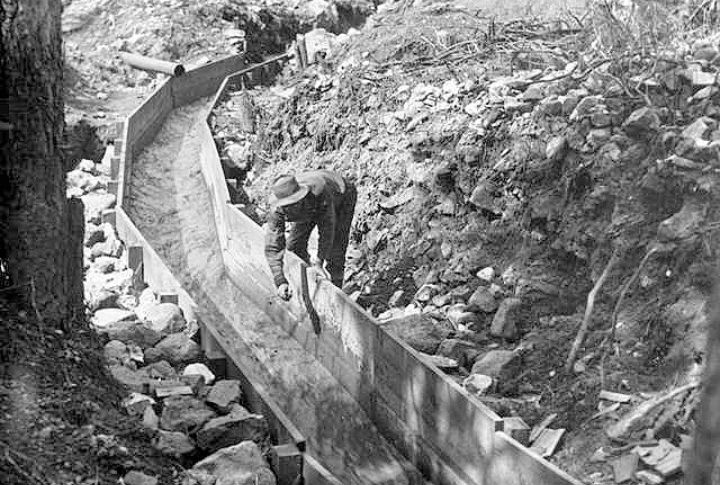
In the middle of the 1800s, many people got excited about finding gold out west. They traveled there hoping to get rich. When discovered in California in the 1850s, it caused a big rush. Suddenly, tons of new settlements were popping up because of the precious metal. These settlements were full of people looking to start businesses. But when the riches ran out, the towns died, too. Nowadays, these townships are like spooky reminders of the past. They’re empty and falling apart, showing how quickly things can change and how the gold rush shaped America.
California: Bodie

Bodie’s mining operations were extensive and varied, with gold being the primary target. During its heyday, the town’s mines produced over $35 million worth of gold, making it one of the wealthiest districts in California. However, the extraction had its challenges, as miners faced harsh working conditions and constant dangers underground.
Colorado: St. Elmo
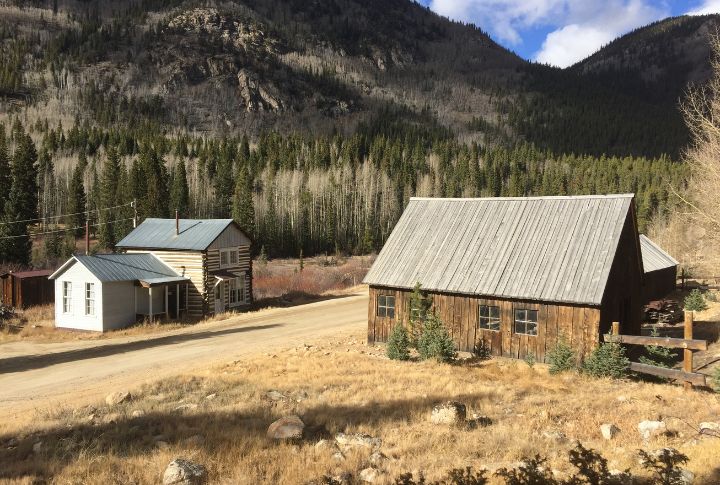
At its peak, the settlement boasted a population of over 2,000 residents and was home to numerous businesses, including general stores, saloons, and hotels. However, like many communities, St. Elmo’s prosperity failed by the early 20th century. The mines began to play out, and the town’s population dwindled.
Montana: Bannack
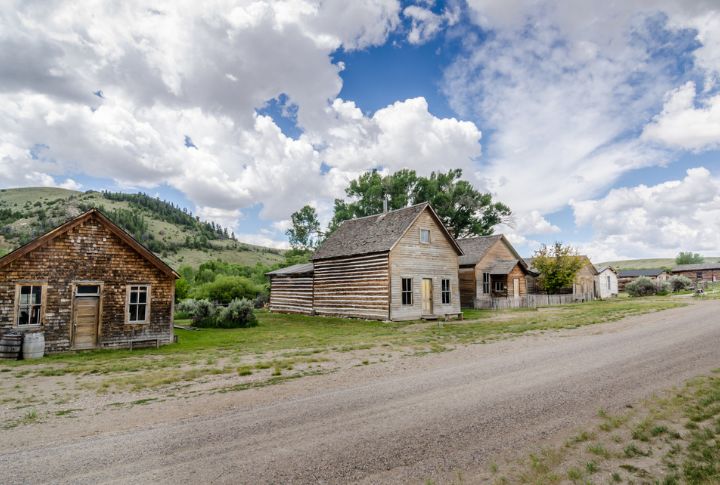
One of Bannack’s most iconic landmarks is the Bannack State Park, which preserves over 60 historic structures, including the old courthouse, schoolhouse, and jail. These buildings offer a poignant reminder of the town’s tumultuous history, from its boom days to its eventual decline.
Arizona: Vulture City
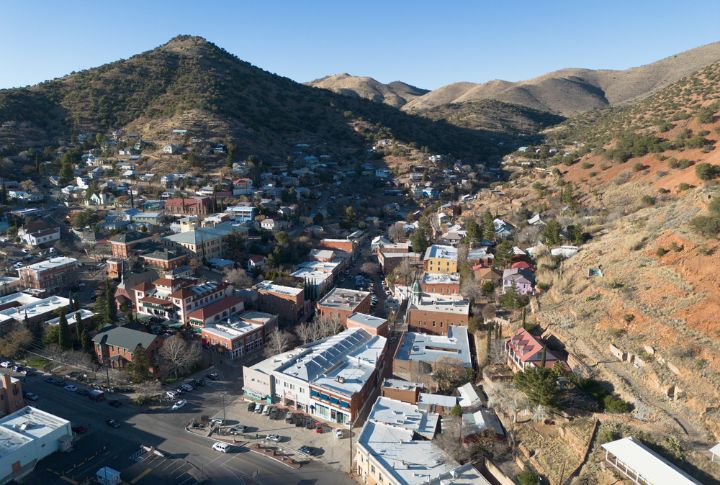
Although Vulture City’s fame declined, the legacy of its technological advancements endured. The Vulture Mine site became a testing ground for new extraction technologies and techniques, attracting engineers, geologists, and entrepreneurs worldwide.
Alaska: Kennecott
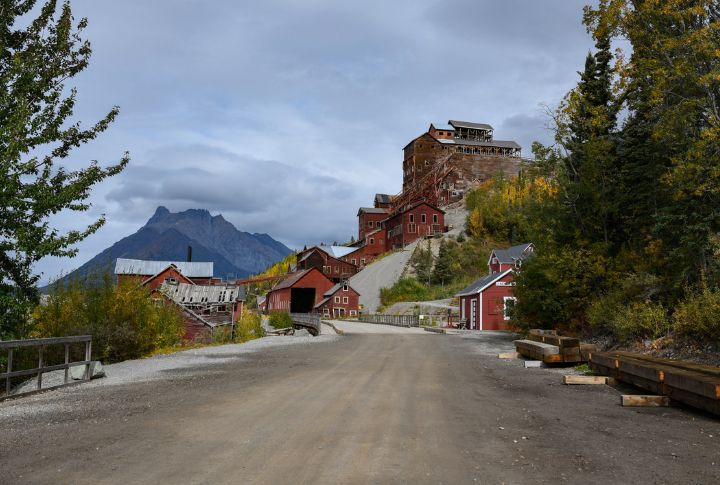
What made Kennecott particularly remarkable was the engineering marvels that were employed to extract copper from the rugged Alaskan wilderness. The Kennecott Quarries were situated amidst formidable glaciers and towering mountains, making access to the site a daunting challenge. Through a network of railways, tunnels, and aerial tramways, the excavations transported ore from the pits to the processing facilities through treacherous terrain.
Oregon: Golden
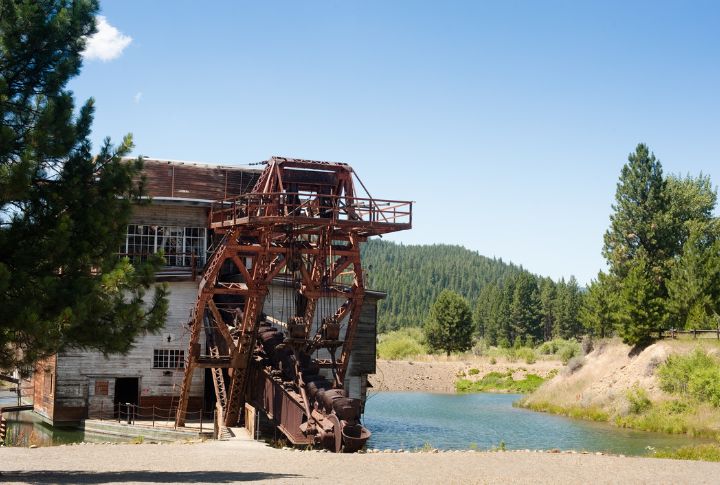
The town quickly grew, with miners setting up camps. Unlike most mining settlements of the era, Oregon was known for its profoundly religious community. A group of Christian miners founded the community, and its social life centered around the church rather than the more typical saloons and gambling halls found in other excavation towns.
Idaho: Silver City

Silver City rose to prominence with the discovery of nearby lodes of silver ore. At its peak, Silver City had a population of around 2,500 and was home to over 75 businesses. One of the unique aspects of this area was its relatively advanced infrastructure for the time. The settlement had both brick and wood buildings.
South Dakota: Rochford
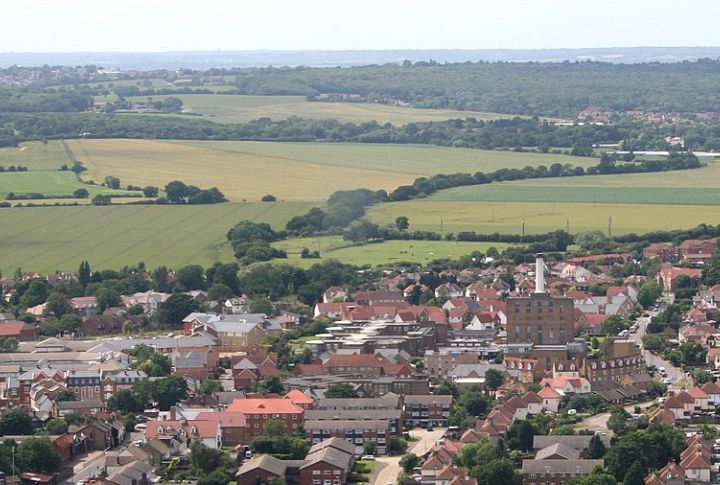
Rochford’s boom began with the discovery of gold in the Black Hills, an area that became synonymous with mining excitement. Unlike the bustling township of Deadwood, Rochford offered a quieter, more family-oriented environment. The town’s mines, such as the Montezuma and Evangeline mines, were the heart of its economy.
Utah: Thistle
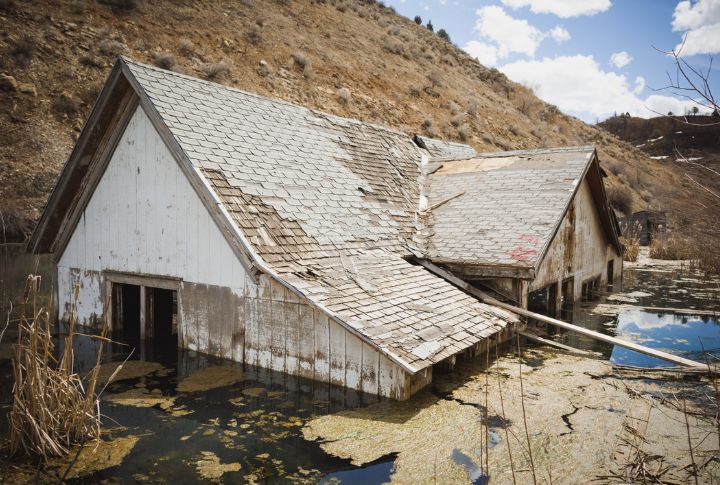
The fate of this town took a turn after a landslide. Its impact on Thistle was so severe that the town was never rebuilt. The site remained abandoned, with the remnants of buildings and infrastructure slowly decaying beneath the water and mud. Efforts were undertaken to reroute the railroad and highways. Still, Thistle was left to the elements, a stark reminder of nature’s power.
Washington: Monte Cristo
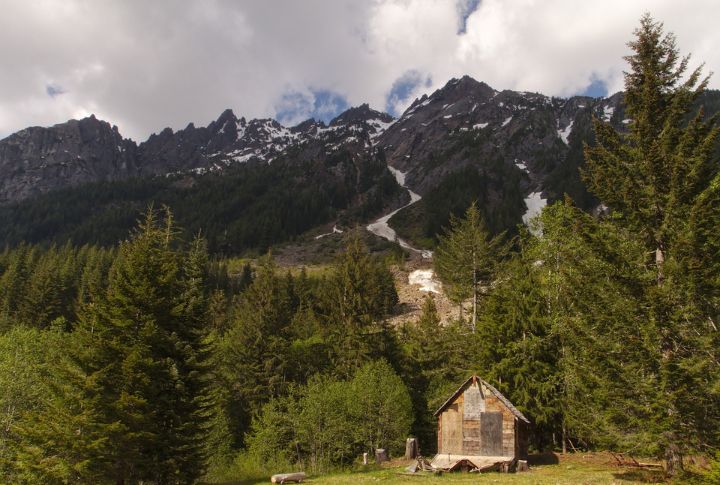
The Great Depression of the 1930s dealt a definitive blow to this struggling settlement. Monte Cristo was largely abandoned, and its once-bustling streets grew silent. The railroad, a lifeline for the settlement, was eventually dismantled, and the remaining residents left the area.
New Mexico: Madrid
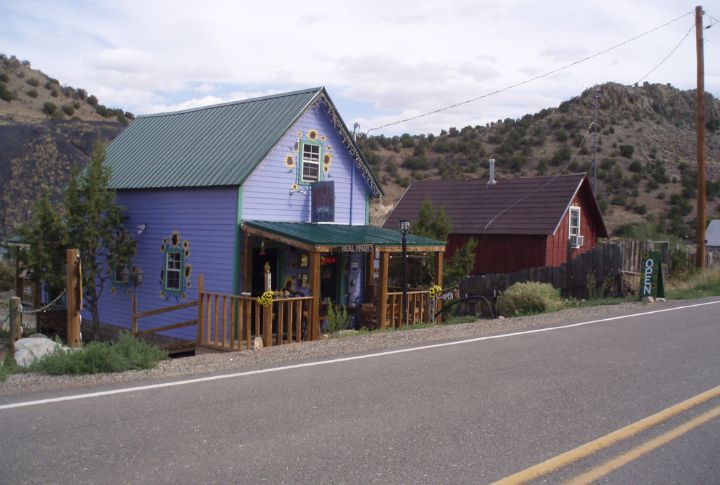
The Albuquerque and Cerrillos Coal Company owned and operated the entire town. This arrangement meant the company provided the residents with employment, housing, and social services, creating a close-knit community. The township was known for its well-organized and tidy appearance, with tree-lined streets and well-maintained public spaces.
Wyoming: South Pass City
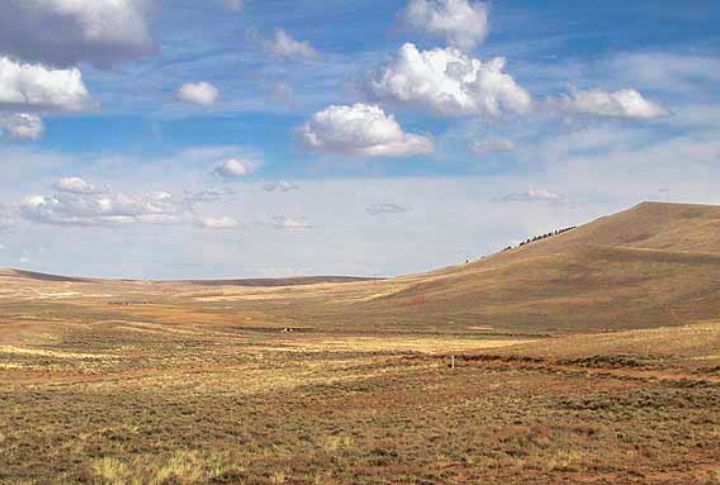
South Pass City has become a famous destination for history enthusiasts and tourists keen to explore Wyoming’s rich heritage. The settlement features over 30 restored buildings, including the Carissa Mine, saloons, general stores, and homes. Guided tours and interpretive exhibits provide insights into the miners’ daily lives and challenges.
North Carolina: Gold Hill
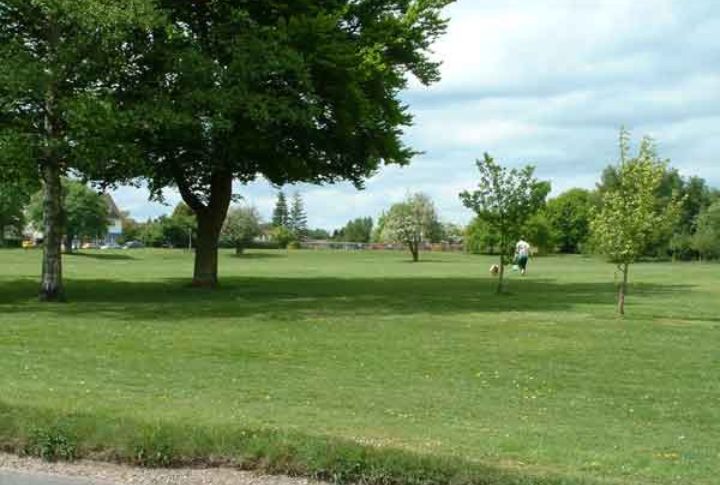
Gold Hill in North Carolina was once a bustling gold town. Its initial prosperity was fueled by placer mining, which involved extracting gold from riverbeds and surface deposits. However, miners transitioned to hard rock mining as surface gold became scarce. As the gold reserves depleted by the late 19th century, the once-thriving mines could no longer sustain the town’s economy.
Georgia: Dahlonega
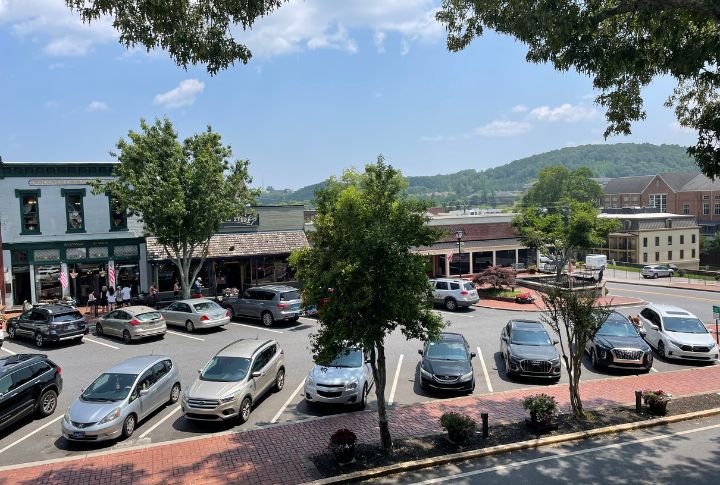
Today, Dahlonega retains much of its small-town charm and historic character, attracting visitors with its scenic beauty and rich history. Visitors to the settlement can enjoy modern amenities while enjoying the sights and sounds of the past in the town’s historic downtown area.
